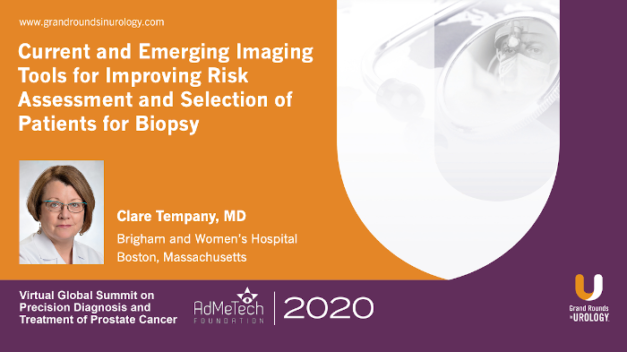Prostate Imaging Elevated By Deep Learning
Mukesh Harisinghani, MD, Director of Abdominal MRI at Massachusetts General Hospital and Professor of Radiology at Harvard Medical School in Boston, Massachusetts, discusses how deep learning algorithms can improve the efficiency and accuracy of prostate cancer imaging. He highlights the importance of widespread prostate cancer screening, observing that every 3 minutes, a man is diagnosed with prostate cancer, and every 17 minutes, a man dies of prostate cancer. Dr. Harisinghani notes that patients want to get a multiparametric (mp)MRI if there is a clinical suspicion of prostate cancer and, if negative, avoid a biopsy in order to prevent unnecessary intervention and avoid cost. Because this is such a widespread need and mpMRIs are relatively time-consuming, he argues there is a need to figure out how to reduce scan time and not lose accuracy. Dr. Harisinghani explains that the two main time sinks in prostate mpMRI are T2-weighted imaging and diffusion-weighted imaging (DWI). He then demonstrates how deep learning reconstruction using software like AIR Recon DL in all 3 planes leads to significant time gain for T2-weighted imaging. Dr. Harisinghani says that many might be hesitant to ‘skimp’ on DWI, since higher b value (which takes a longer time to attain) leads to better image quality. However, he argues that deep learning can reduce scan time without reducing scan quality in DWI, and presents images comparing standard DWI and Air Recon DL to show the improved quality of the latter. Dr. Harisinghani concludes that a scan time of less than 10 minutes is not necessarily just a dream if you can apply Air Recon DL to both T2 and DWI.
Read More
